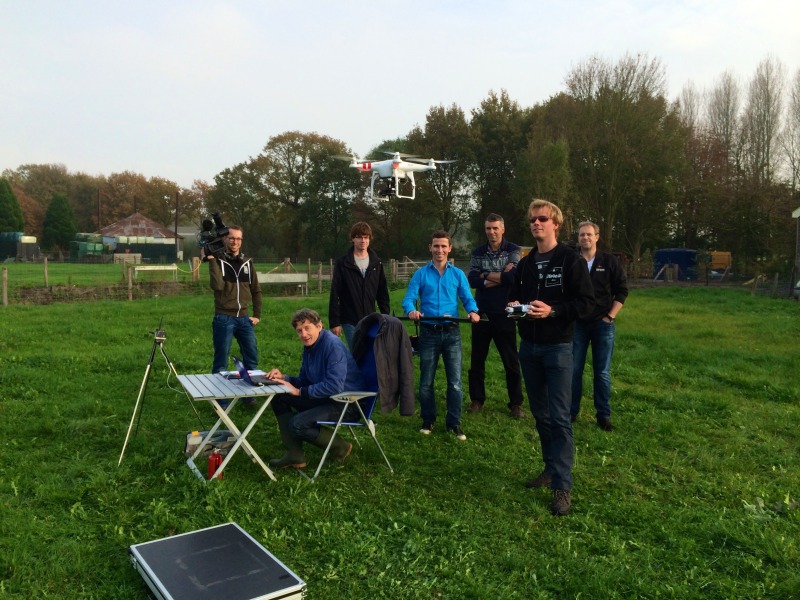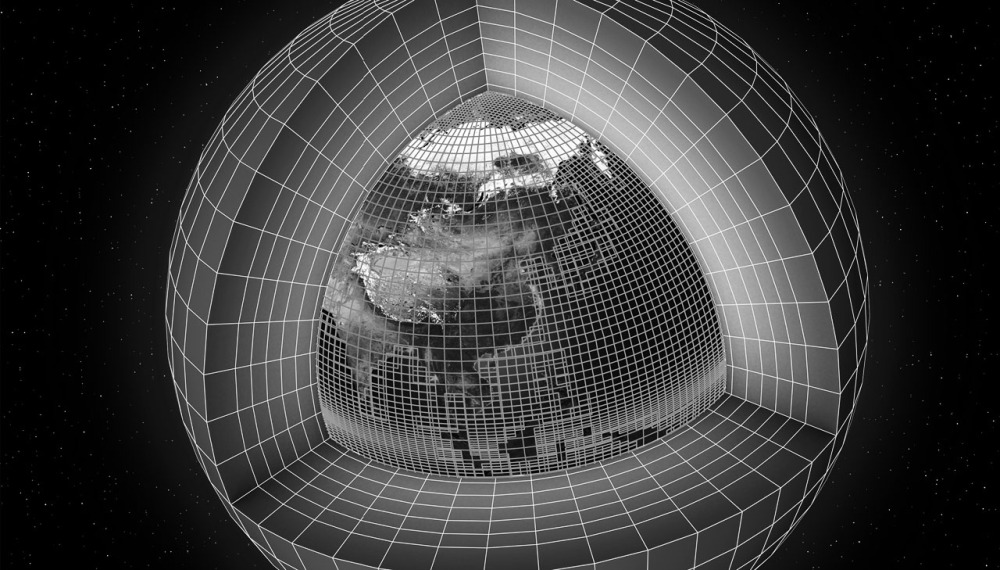The first paper on energy balance modelling of Lirung is now available online (open access):
[expand title=”Abstract“]
Ice cliffs have been identified as a reason for higher ablation rates on debris-covered glaciers than are implied by the insulation effects of the debris. This study aims to improve our understanding of cliff backwasting, and the role of radiative fluxes in particular. An energy-balance model is forced with new data gathered in May and October 2013 on Lirung Glacier, Nepalese Himalaya. Observations show substantial variability in melt between cliffs, between locations on any cliff and between seasons. Using a high-resolution digital elevation model we calculate longwave fluxes incident to the cliff from surrounding terrain and include the effect of local shading on shortwave radiation. This is an advance over previous studies, that made simplified assumptions on cliff geometry and radiative fluxes. Measured melt rates varied between 3.25 and 8.6 cm d–1 in May and 0.18 and 1.34 cm d–1 in October. Model results reproduce the strong variability in space and time, suggesting considerable differences in radiative fluxes over one cliff. In October the model fails to reproduce stake readings, probably due to the lack of a refreezing component. Disregarding local topography can lead to overestimation of melt at the point scale by up to ~9%.
[/expand]





